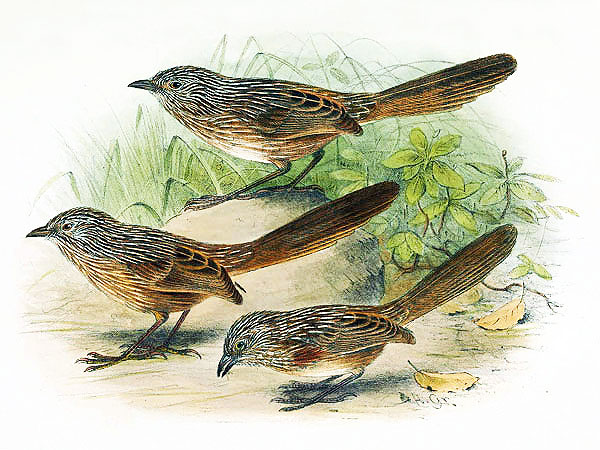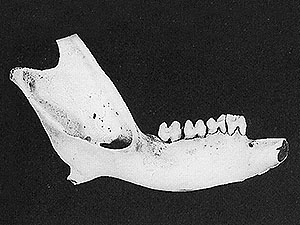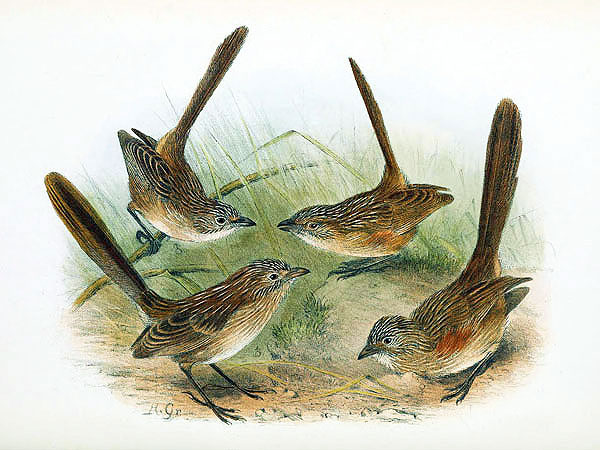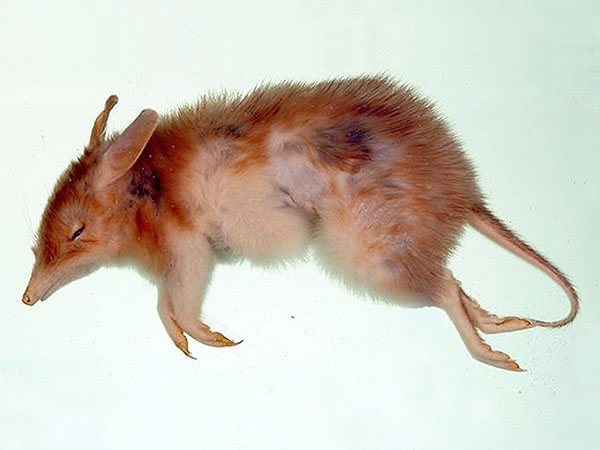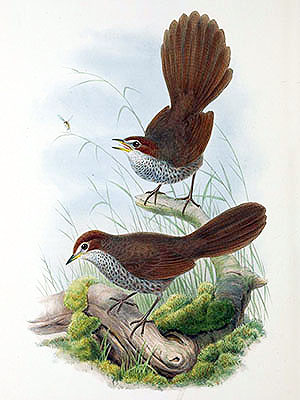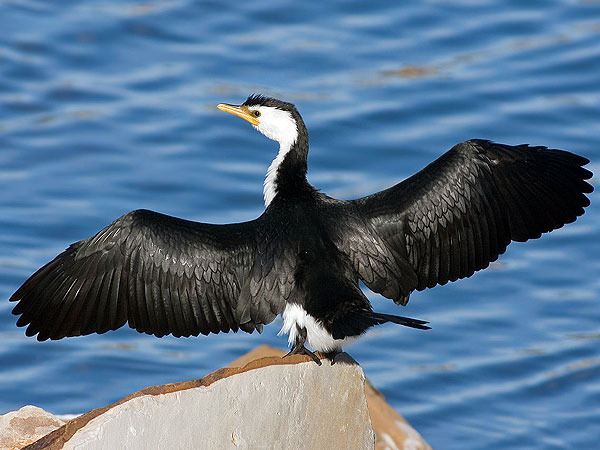Small-flowered Leucopogon (Leucopogon cryptanthus)
The Small-flowered Leucopogon was described in 1868; it was known from the south-west of Western Australia.
The species was described as follows.:
“A slender, much-branched, apparently diffuse shrub, not exceeding 6 in., the branches pubescent. Leaves erect, linear or linear-lanceolate, tapering into a pungent point, rigid, concave, prominently ribbed, 1 to 3 lines long. Flowers few, very small and inconspicuous, in short spikes, solitary or clustered at the ends of the branches, forming little leafy cymes. Bracts similar to the leaves, and mostly exceeding the flowers; bracteoles acutely acuminate, more than half as long as the calyx. Sepals acutely acuminate, under 1 line long. Corolla rather shorter than the calyx, the lobes as long as the tube. Anther attached by the middle, oblong, obtuse, with very minute sterile tips or sometimes none. Hypogynous disk sinuate-lobed. Ovary 2-celled; style very short.” [1]
The species is now considered extinct.
*********************
References:
[1] George Bentham; Ferdinand von Mueller: Flora Australiensis. Vol. 4. London: Lovell Reeve & Co. 1868
*********************
edited: 17.02.2024


